Longevity and appearance of the plant depend on how correctly you will care for thuja in the fall. When and how to fertilize an evergreen tree and what fertilizing it is better to refuse, how to prune it and prepare it for the winter cold, what mistakes should not be made: more on this later.
Content
Thuja Autumn Care
With proper autumn care and the necessary operations to prepare the plant for winter, you will provide it with the necessary conditions for a successful wintering. What you should pay attention to:
- Plant nutrition.
- Stimulation of the root system.
- Watering.
- Pruning.
Stopping Nitrogen Fertilizer
In autumn, you should stop feeding thuja with nitrogen. This fertilizer stimulates the formation of young shoots. By the beginning of the cold, they will not have time to get stronger and may die during the winter. Top dressing with this fertilizer for the last time should be carried out in mid-August.
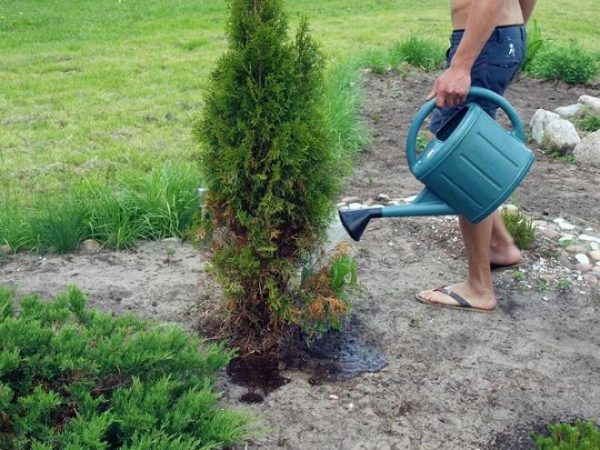
Root system stimulation
Another, no less important operation that you must perform in order to properly prepare the thaw for the winter is to stimulate the root system. Not everyone needs it, but only young shoots and those plants that were transplanted to a new place before winter. To do this, treat the shrub with drugs that stimulate root growth: Cornevin or Zircon. Dilute the preparations in 10 liters of water: Kornevin - 10 g, and Zircon - 40 drops. Pour the tree with the resulting solution. A few days after this procedure, it is required to irrigate the bush with 30 liters of water, pouring it into the trunk circle. This procedure is necessary for drinks with moisture of the roots and preventing their freezing.
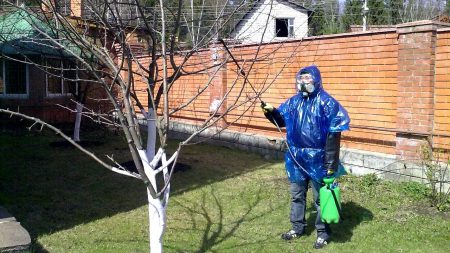 You may be interested in:
You may be interested in:Watering
If the region in which you live is characterized by autumn without a lot of rainfall, then you should regularly water the thaw. The coniferous bush loves moisture, but keep in mind that its excess will lead to decay of the roots. Abundantly water the plant should be before winter. Then the moisture will saturate the roots for a long time, and the frozen earth around the bush will protect them from hypothermia due to longer freezing of the soil.
Pruning
Pruning is another necessary action in the autumn to care for conifers. It provides him with a healthy development and beauty of form. It is very important not to overdo it when pruning a coniferous bush in the fall. If you expose him greatly, then he will not have time to recover and may not suffer the winter cold.
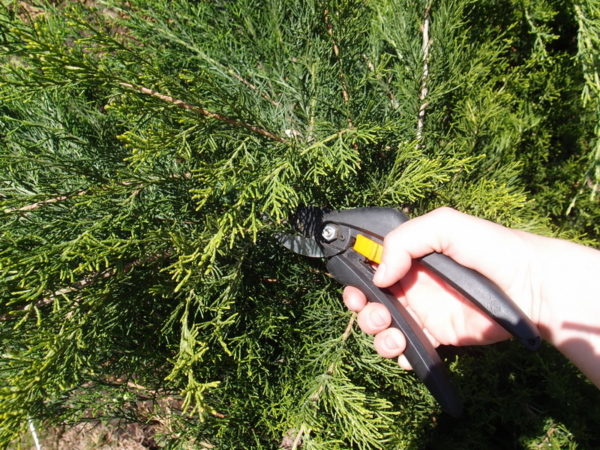
What is pruning for? Trimming is necessary, first of all, to remove dry and diseased shoots. Untimely processing can lead to the death of the entire arborvitae.
It so happens that not all of the branch is affected, but only a small part of it. Then do not completely remove it. Trim only the part that is affected. You can only run your hand along the branch, and dried sick needles themselves will fall off. You can very well expect that in the place of the fallen, healthy needles will grow and the tree will be saved.
Additionally, the thuja is cut to adjust the shape. In order for the bush to maintain its original appearance, cut trunks that have grown strongly up. This will also ensure the growth of lateral branches.By cutting the tree, you create good air circulation and protect it from pests.
Thuja tolerates procedures to remove unwanted processes both in spring and autumn. Nothing bad will happen if you trim a third time. There are no clear timelines for cropping. The main condition that you must adhere to when processing plants is dry, dry weather and air temperature from +4 degrees.
It is important to trim the thuja correctly. To do this, follow these steps:
- Remove from the top of the coniferous bush all dried, insect-damaged branches.
- Trim all sprouts that are knocked up.
- Clean the inside of the plant from excess branches.
You can create any form of coniferous bush at your discretion. Get in the garden store a metal mold designed to correct the shape, and set it above the plant. When the empty spaces are filled with shoots, remove the shoots bulging up. This manipulation is called a topiary haircut. In addition to it, there is a spherical and spiral pruning. These types of haircuts are carried out in the likeness of a topiary pruning: remove branches that are knocked out upwards until the bush acquires the desired shape.
Do I need to feed thaw in the fall
The thuja does not need special fertilizer in the fall, except for the time after pruning the tree: then it should be fed. After these manipulations, the plant is weakened and must be carefully examined. If you notice pests: false insects or aphids, be sure to spray the bush with preparations to protect conifers from insects. After you trim the crown, feed the thuja using the following fertilizers:
- siderates;
- manure;
- complex mixtures intended for conifers.
The main thing that you should remember during feeding is a reasonable measure. A large amount of fertilizer can lead to the death of the plant. This is explained by the fact that top dressing intensely stimulates the development of a tree. Young roots and newly-formed shoots are not able to withstand the cold and the thuja can simply die.
The safest type of plant nutrition in the fall is peat, wood ash or compost. This type of top dressing well enriches the soil in which thuja grows, and at the same time is correctly perceived by the tree: fertilizer does not lead to the active formation of young shoots.
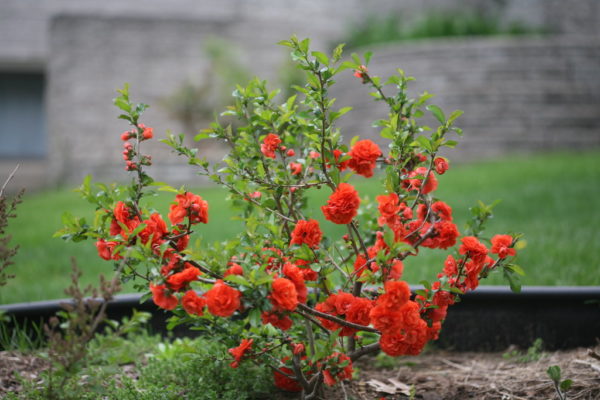 You may be interested in:
You may be interested in:Actions to prepare a thuja for winter
Thuja is considered a frost-resistant conifer. The exception is decorative varieties and recently planted trees that have not yet had time to grow stronger. With them you should carry out the actions necessary to protect against low temperatures. After proper care for the thuja in the autumn, it is necessary to prepare it for the winter.
- Warm the soil with mulching. To do this, dig the soil near the trunk of the plant, remove all weeds and lay the protective material. As mulch fit: compost, manure, dry leaves, straw. The height of the insulation layer can reach from 10 to 30 cm.
- Insulate the bushes. To do this, you need to raise the branches of the plant up, pressing them to the trunk and securing it with a wire or rope. Put a bag of light tones on top of the bush: photosynthesis takes place year-round, so the plant needs a constant source of sunlight, otherwise it may turn yellow. Protective material should not fit snugly against wood. This is necessary for constant air circulation.
- Use 5 liter plastic containers to shelter a young tree. Cut the bottom of the bottle and place it on top of the conifer.
- The prevention of bark burns is another important action in caring for the thuja and preparing it for the winter. To do this, starting February 15, from the side of an active source of sunlight, install shields near the tree.
The insulation is removed immediately after a stable positive temperature is established.
Features of the regions
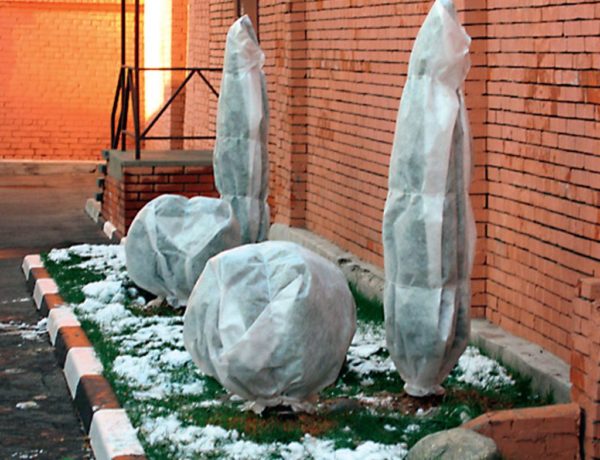
Scheme thuja shelters for the winter may vary. It depends on the region in which the coniferous bush grows. For example, in the middle zone, the thickness of the mulch should be 15 cm. After warming the soil, all the necessary steps are taken to protect the crown of the plant.
In the Volga region, the difference in the preparatory procedures for the winter is to increase the thickness of the mulch by 6 cm. That is, the protective layer of the soil should be 21 cm.
In the Urals and Siberia, a large amount of snow falls, which can damage the thin branches of the thuja. To protect the bush, before covering it with a protective layer, erect a cone-shaped wire frame. This will prevent heavy snow from settling onto the plant.
Mistakes that should not be made during autumn care
The following mistakes in preparing the thuja for winter can lead to damage and death, therefore, when caring for a tree, you should definitely know them.
- When does winter come? do not cover the coniferous tree with protective material.
- The tree is not protected from active sunlight by shields.
- Instead of fertilizers for conifers, with which you need to feed thuja, use preparations for deciduous trees.
- Trim during active sunlight. This leads to the fact that the needles acquire a brown hue.
Correctly caring for the evergreen beauty in the autumn is not difficult. This does not require special knowledge and special skills. It is necessary to carry out all the above simple steps to care for this coniferous tree in the fall, be sure to cover the crown of the bush, as well as warm the soil for the winter. Then this conifer will decorate the garden, delighting with eternal green for many years.

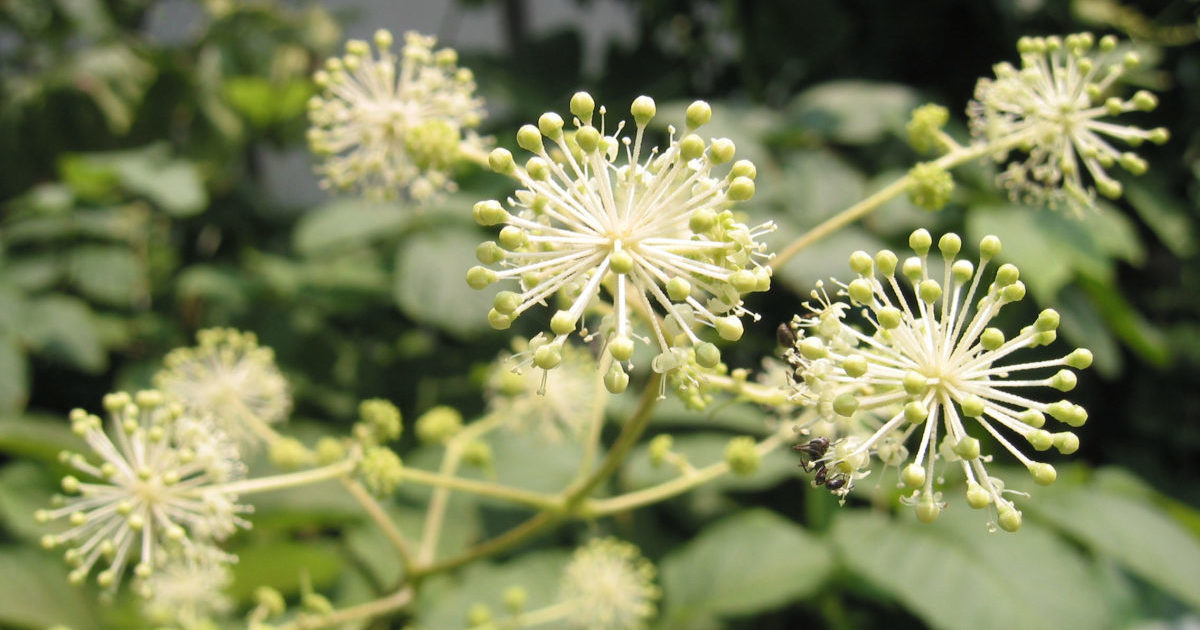 Aralia Manchurian - medicinal properties and contraindications, the use of tinctures in bodybuilding
Aralia Manchurian - medicinal properties and contraindications, the use of tinctures in bodybuilding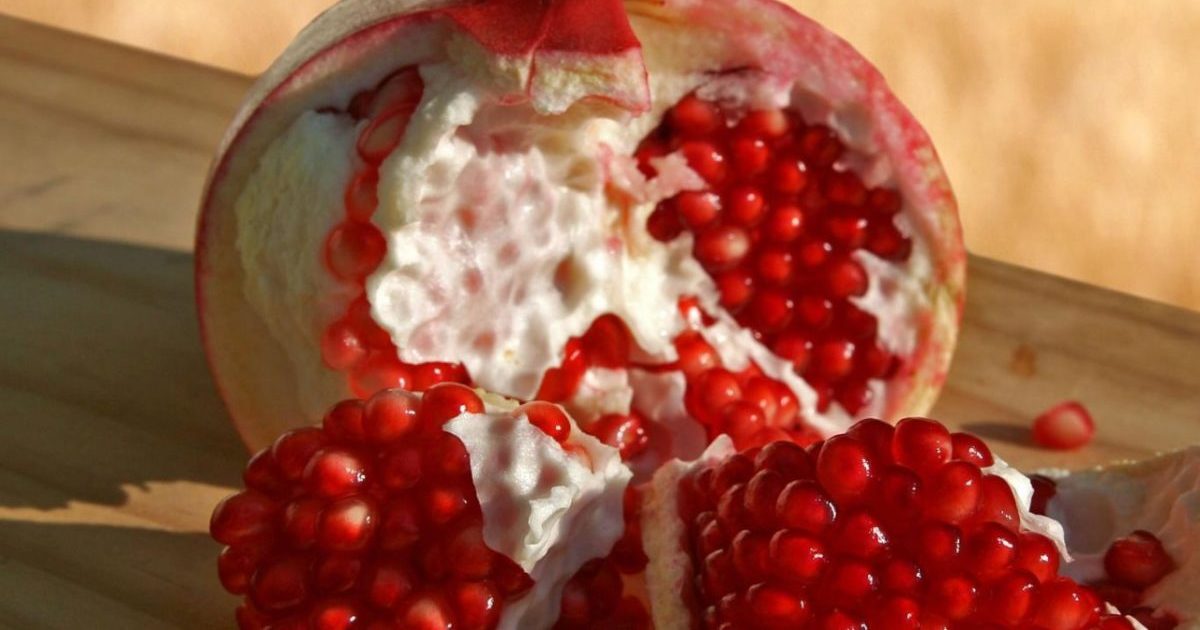 Seedless pomegranate - cutaway appearance, benefits and harms
Seedless pomegranate - cutaway appearance, benefits and harms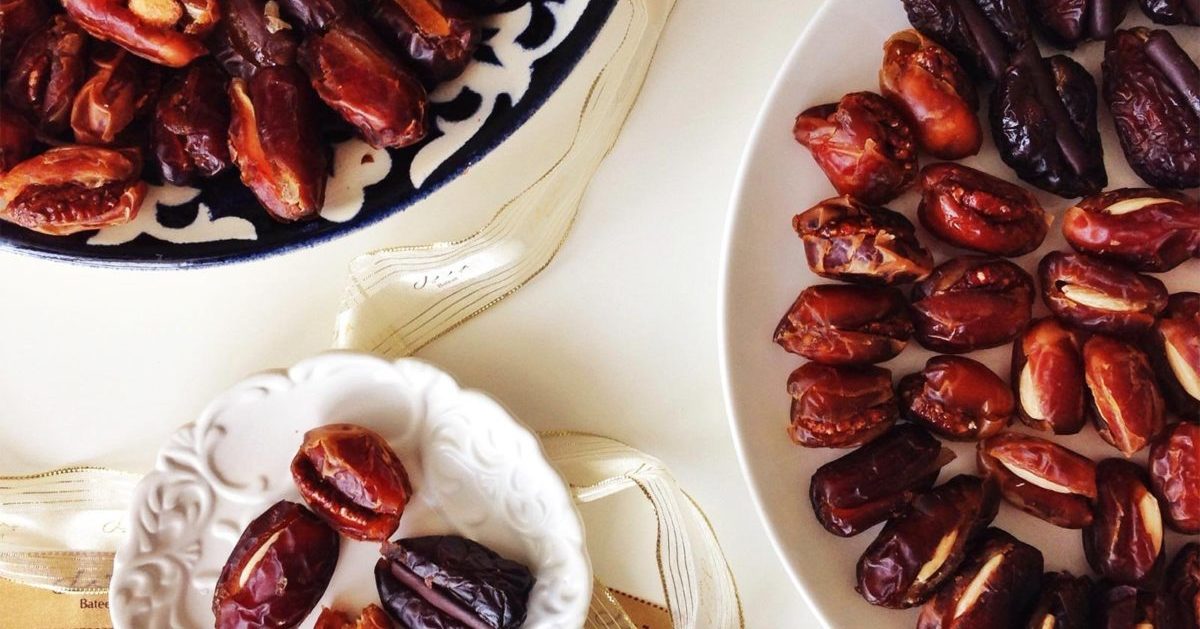 Dates - the benefits and harm to the body, how much you need to eat, properties and calorie content
Dates - the benefits and harm to the body, how much you need to eat, properties and calorie content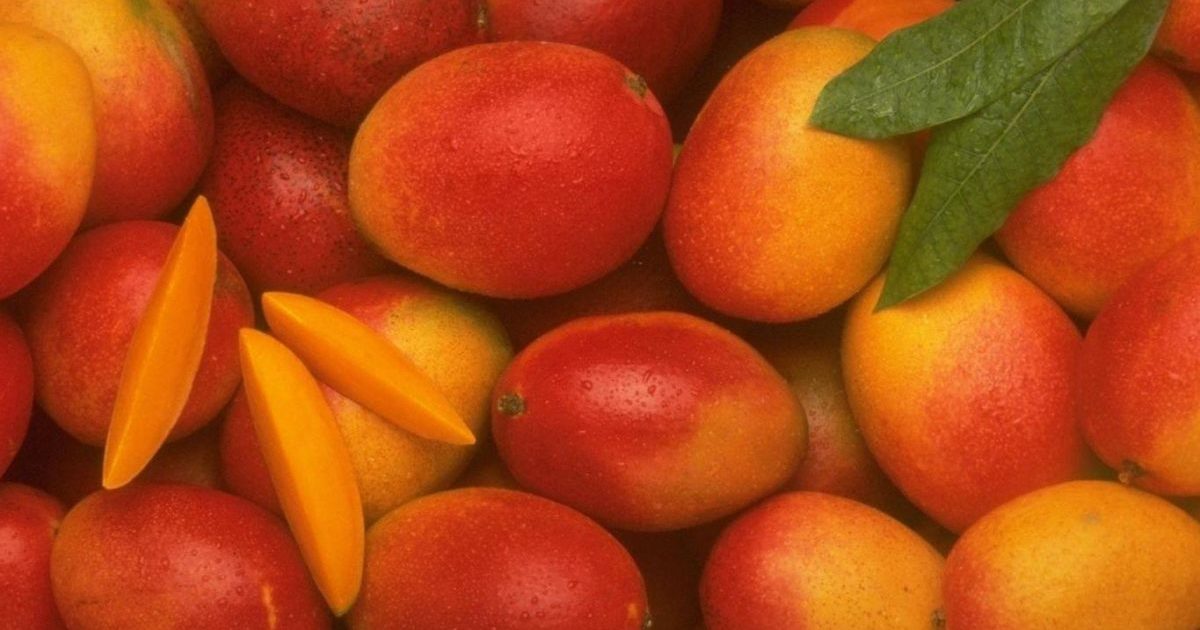 The benefits and harms of mango for the body of women and men - how to eat it?
The benefits and harms of mango for the body of women and men - how to eat it?